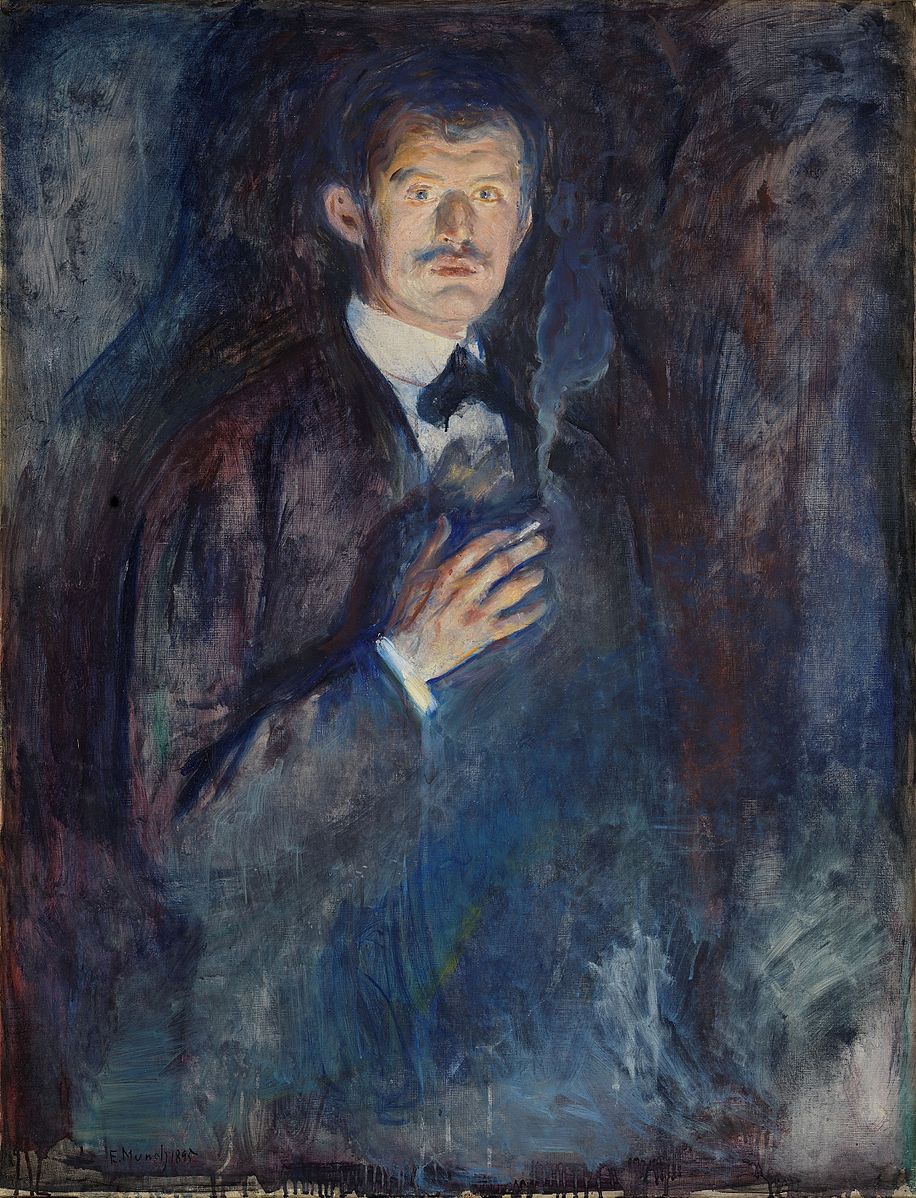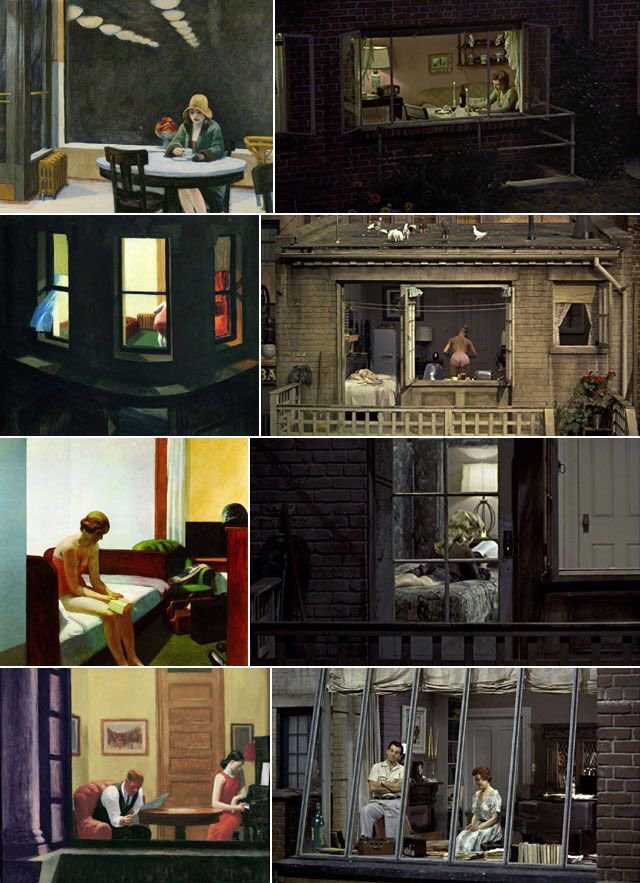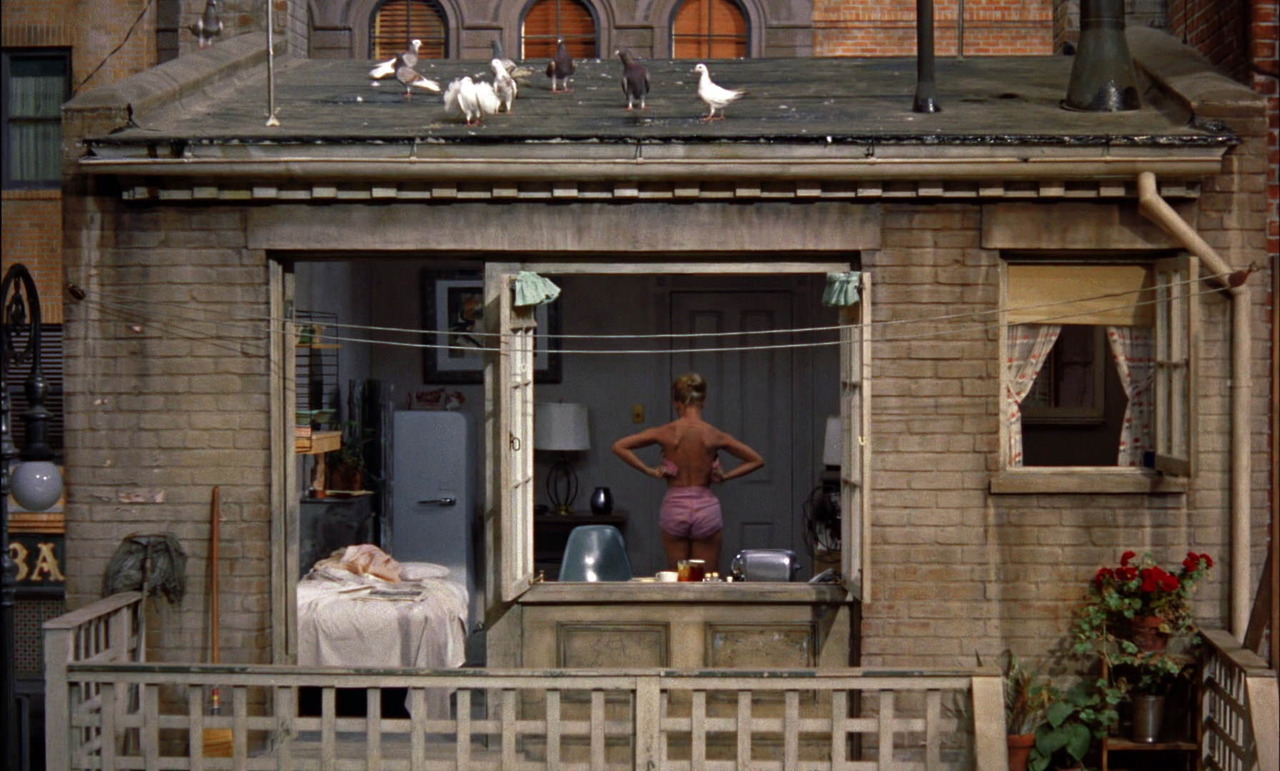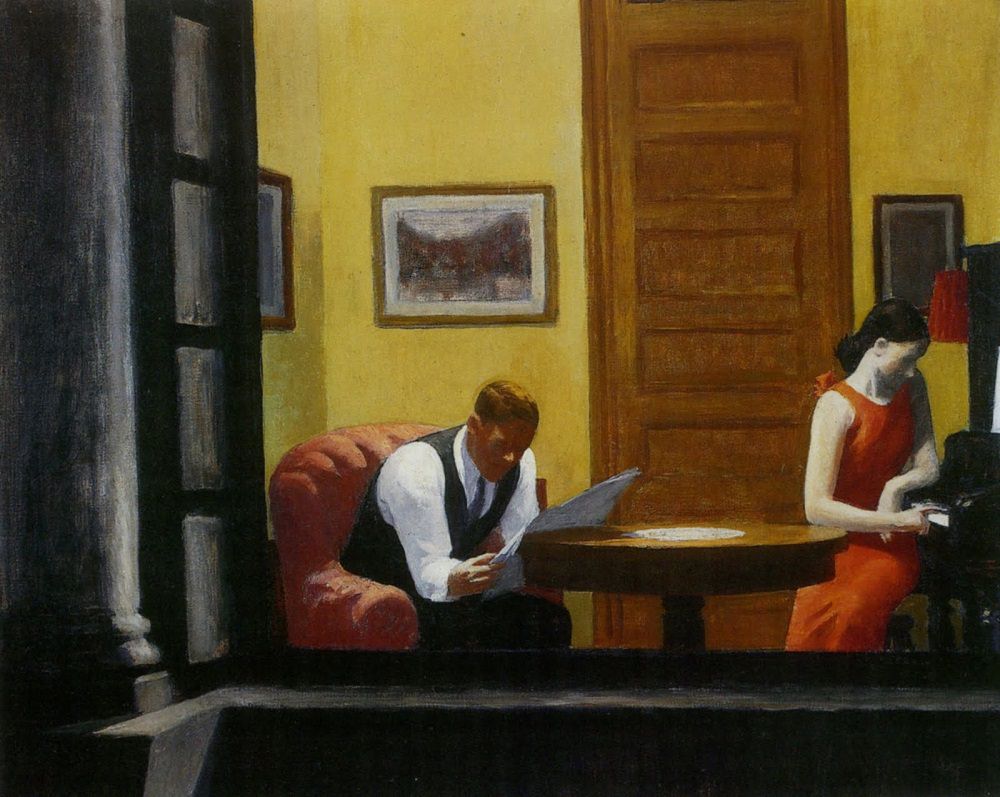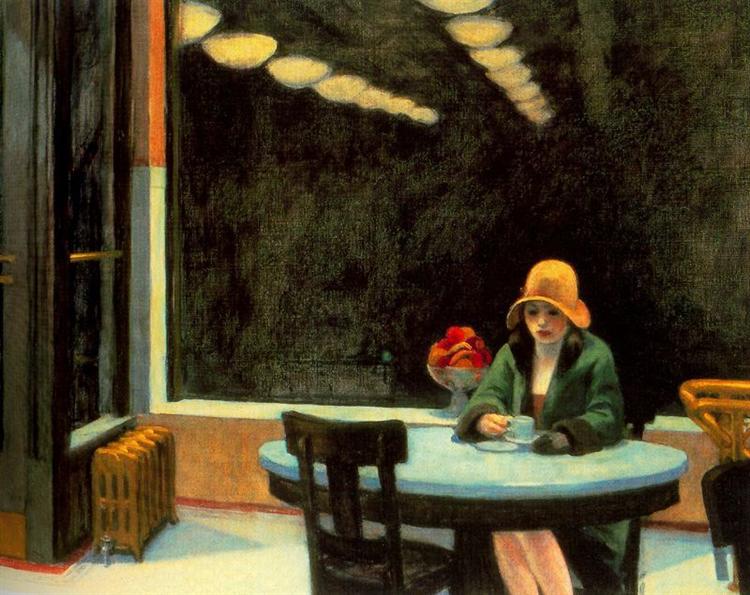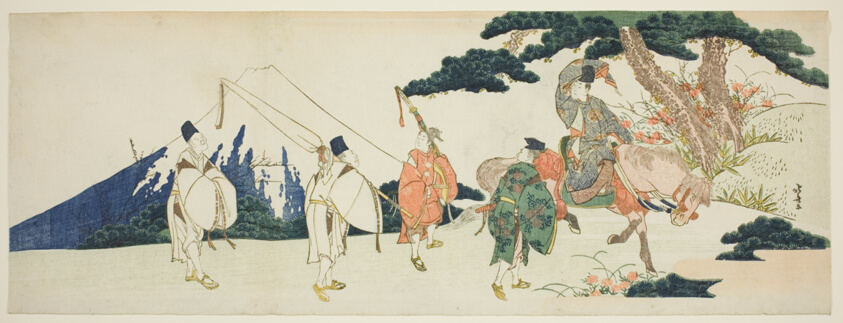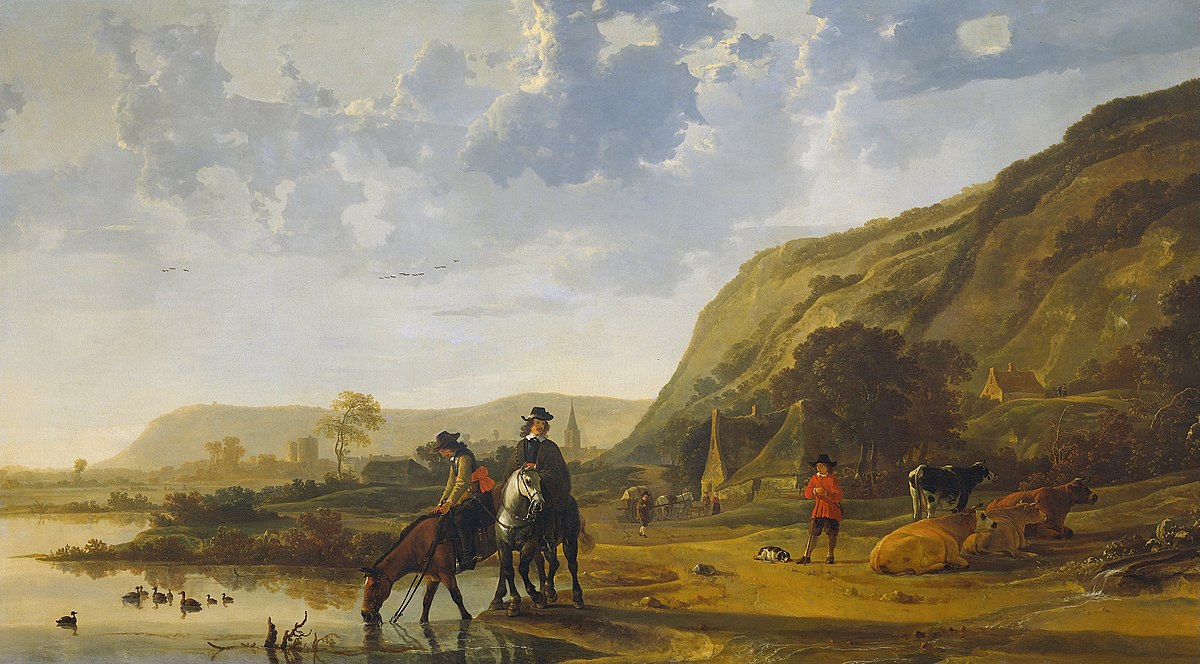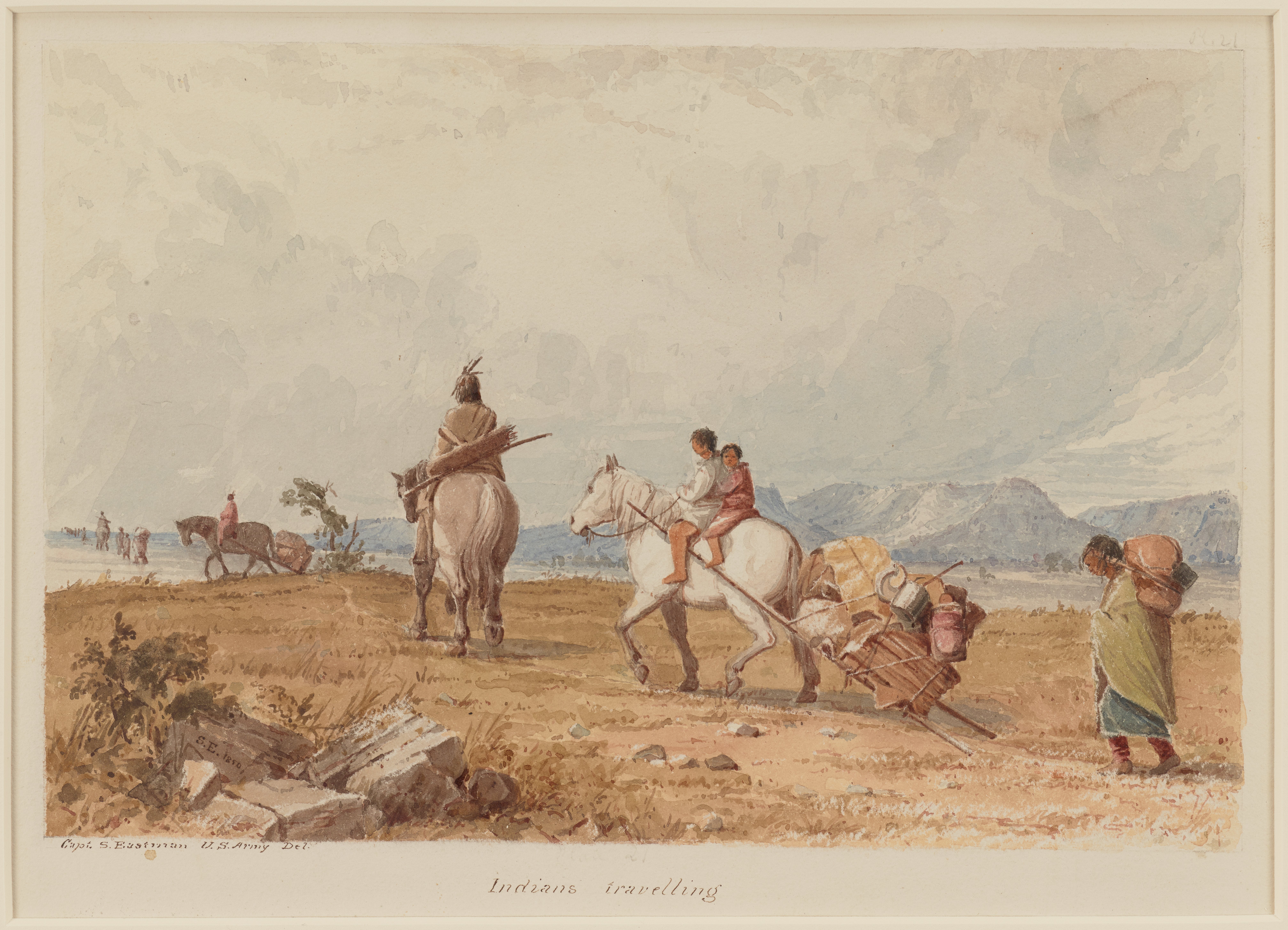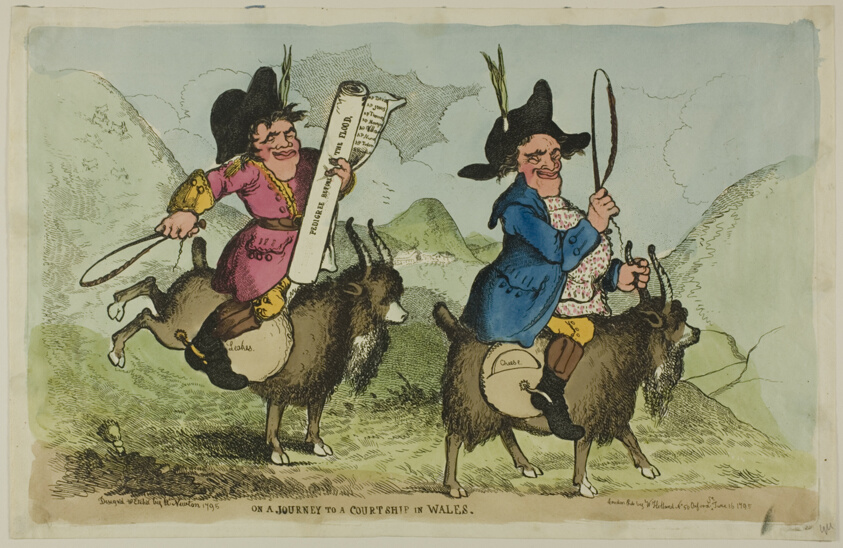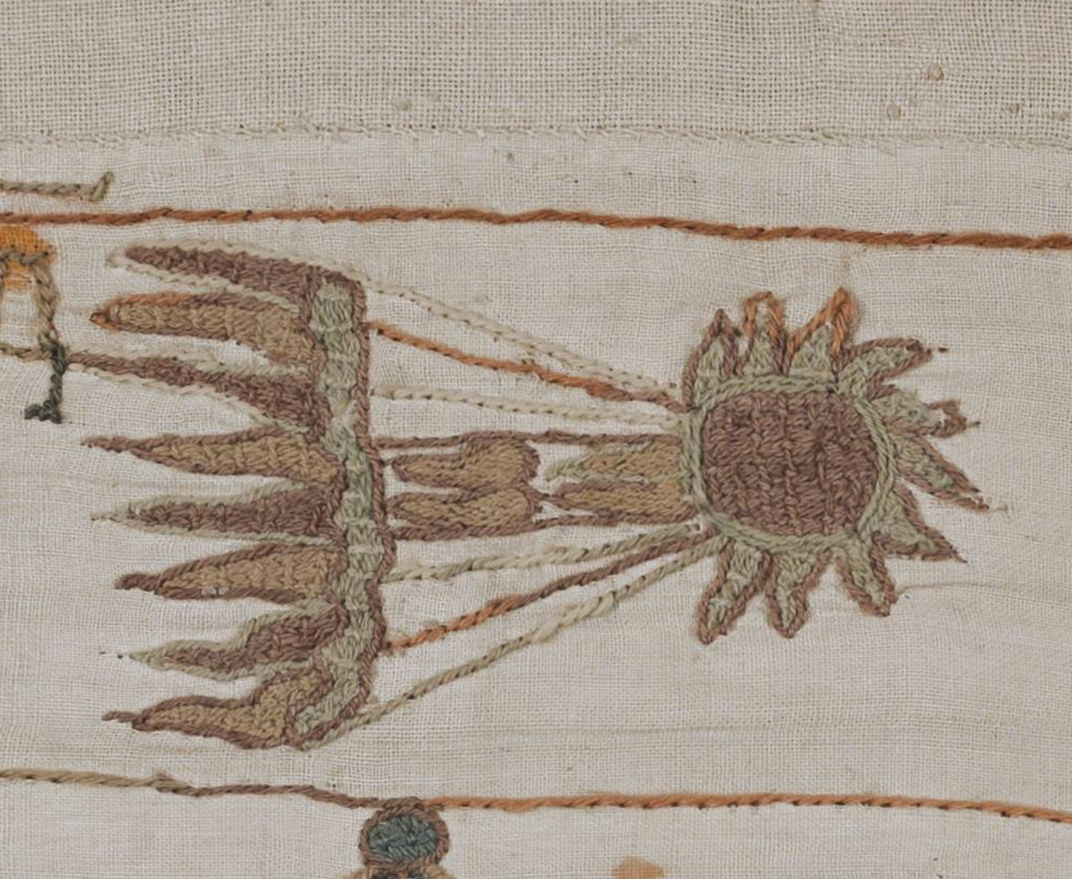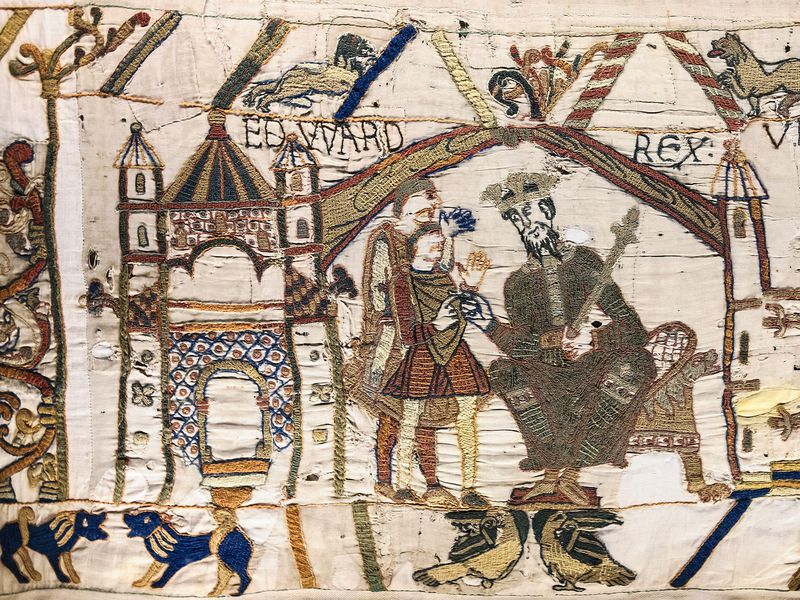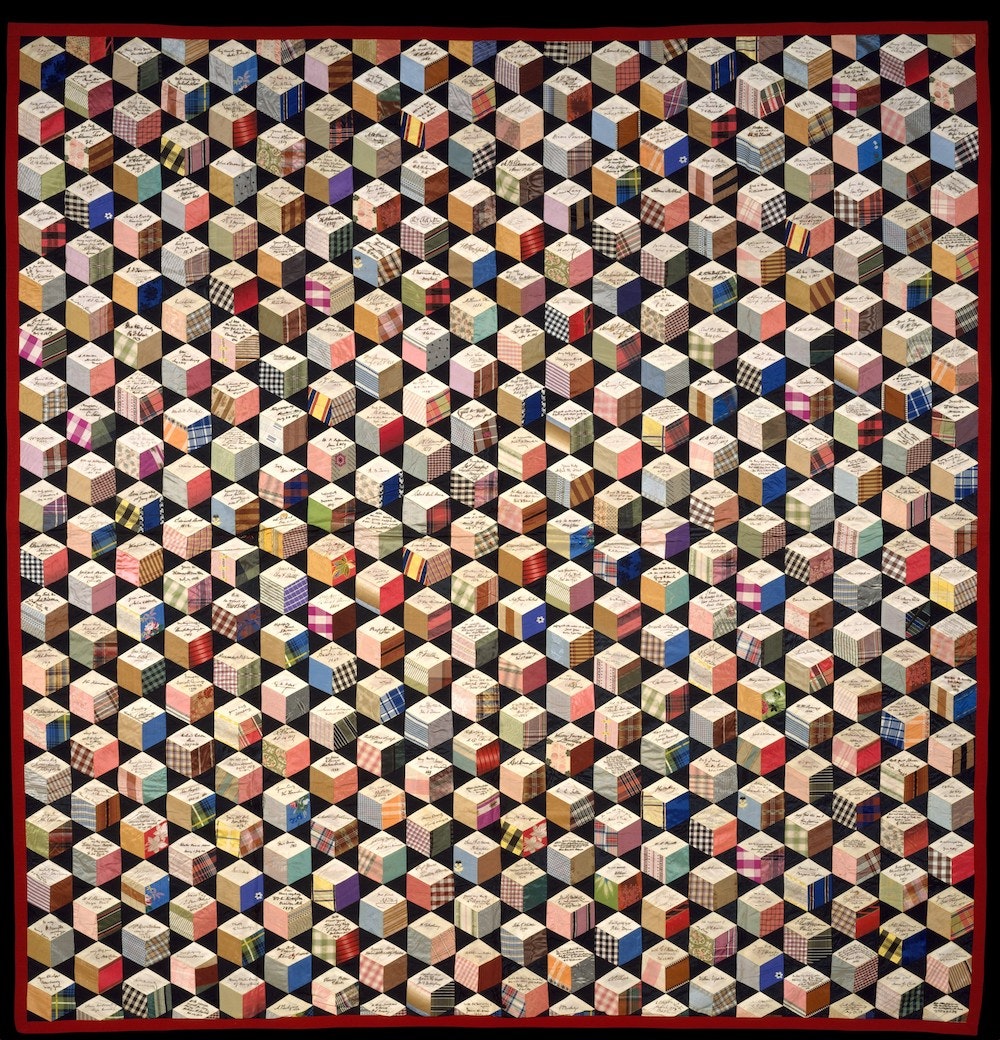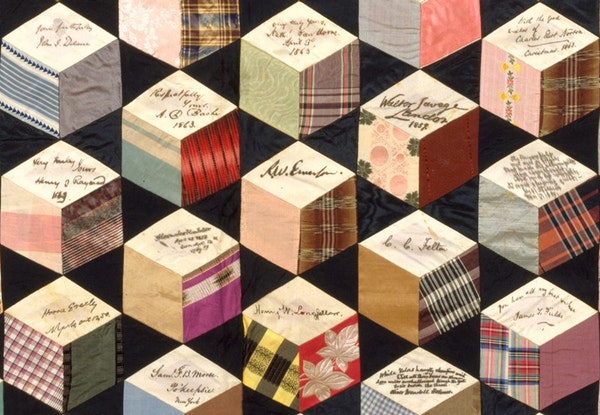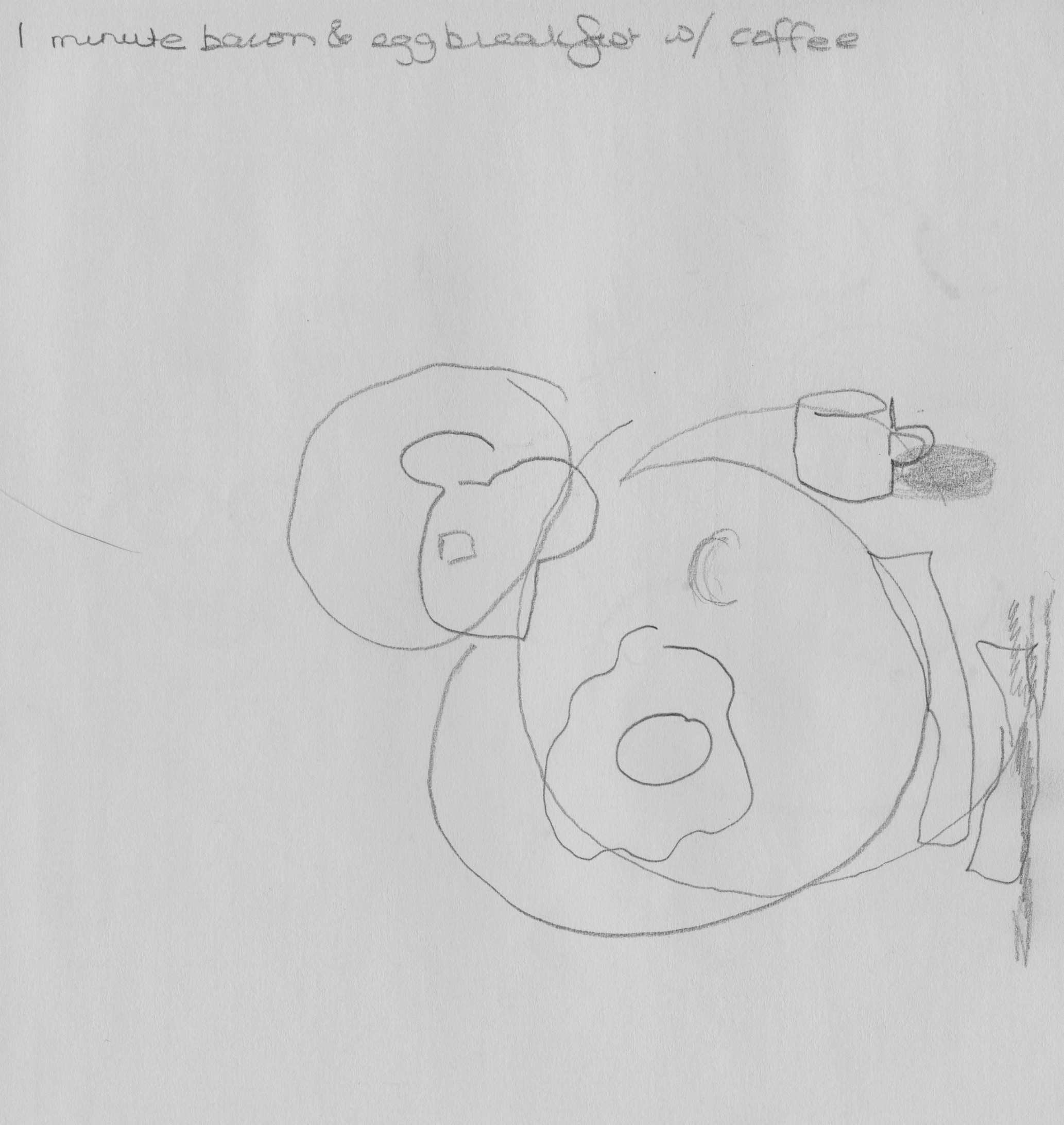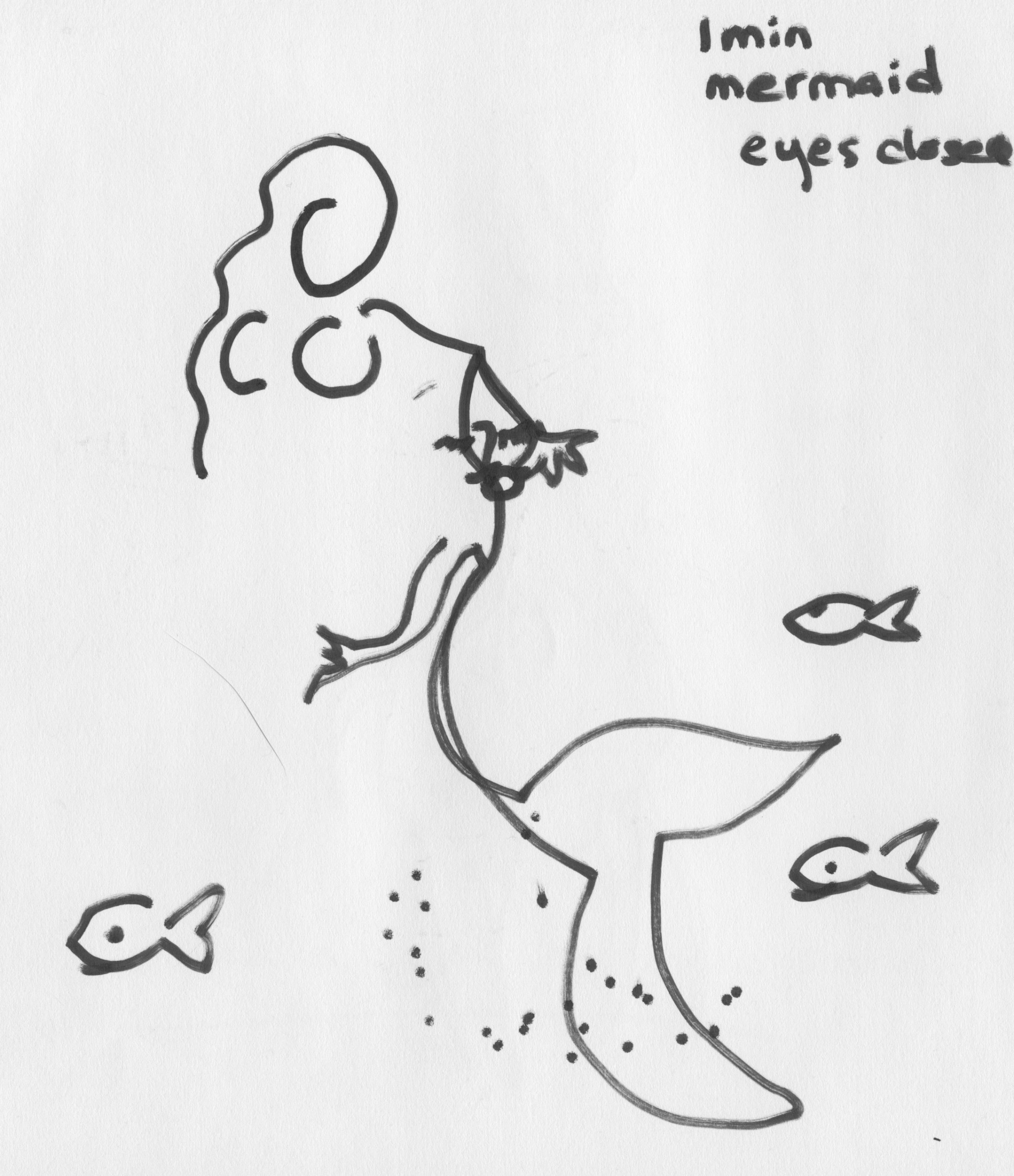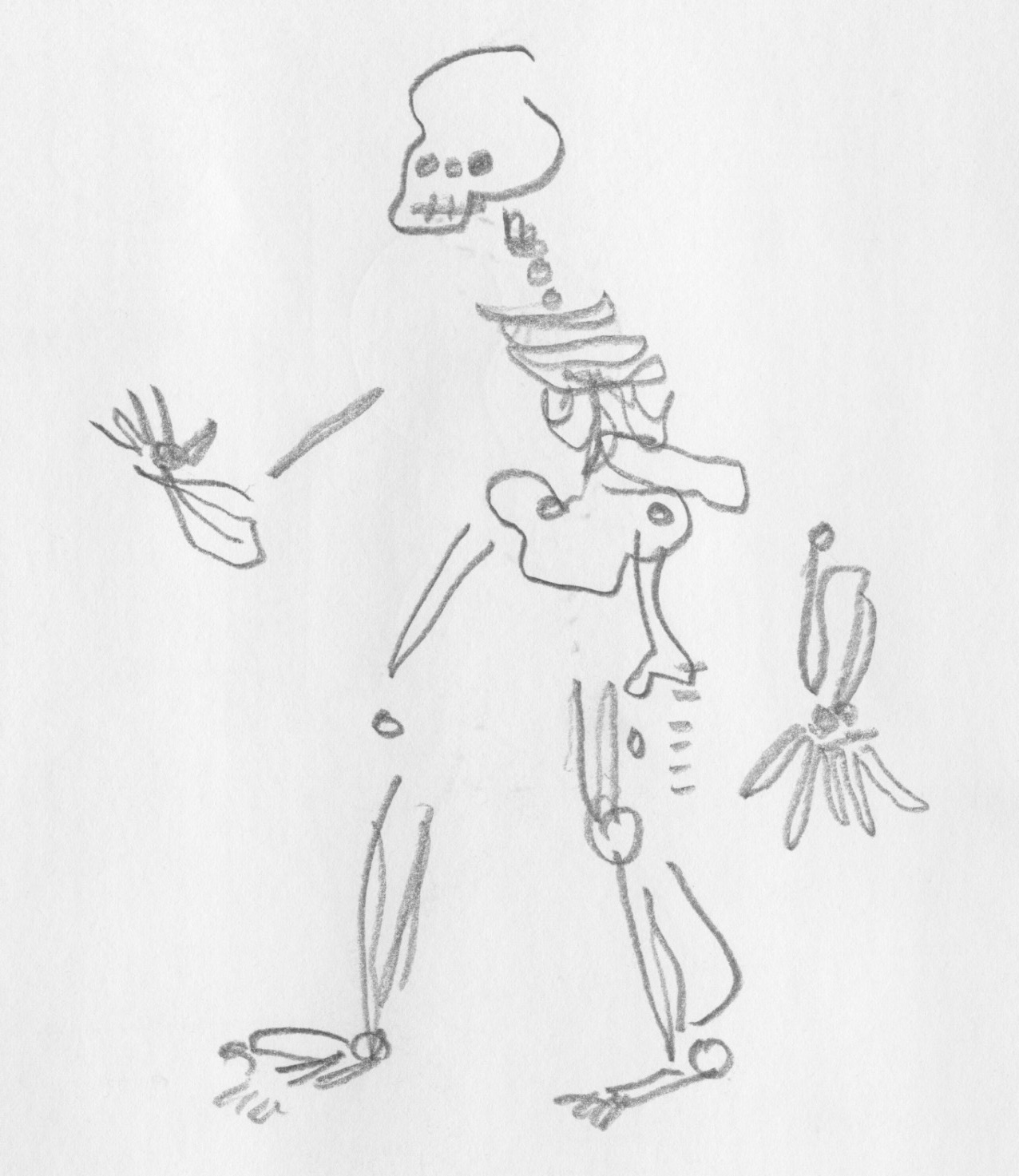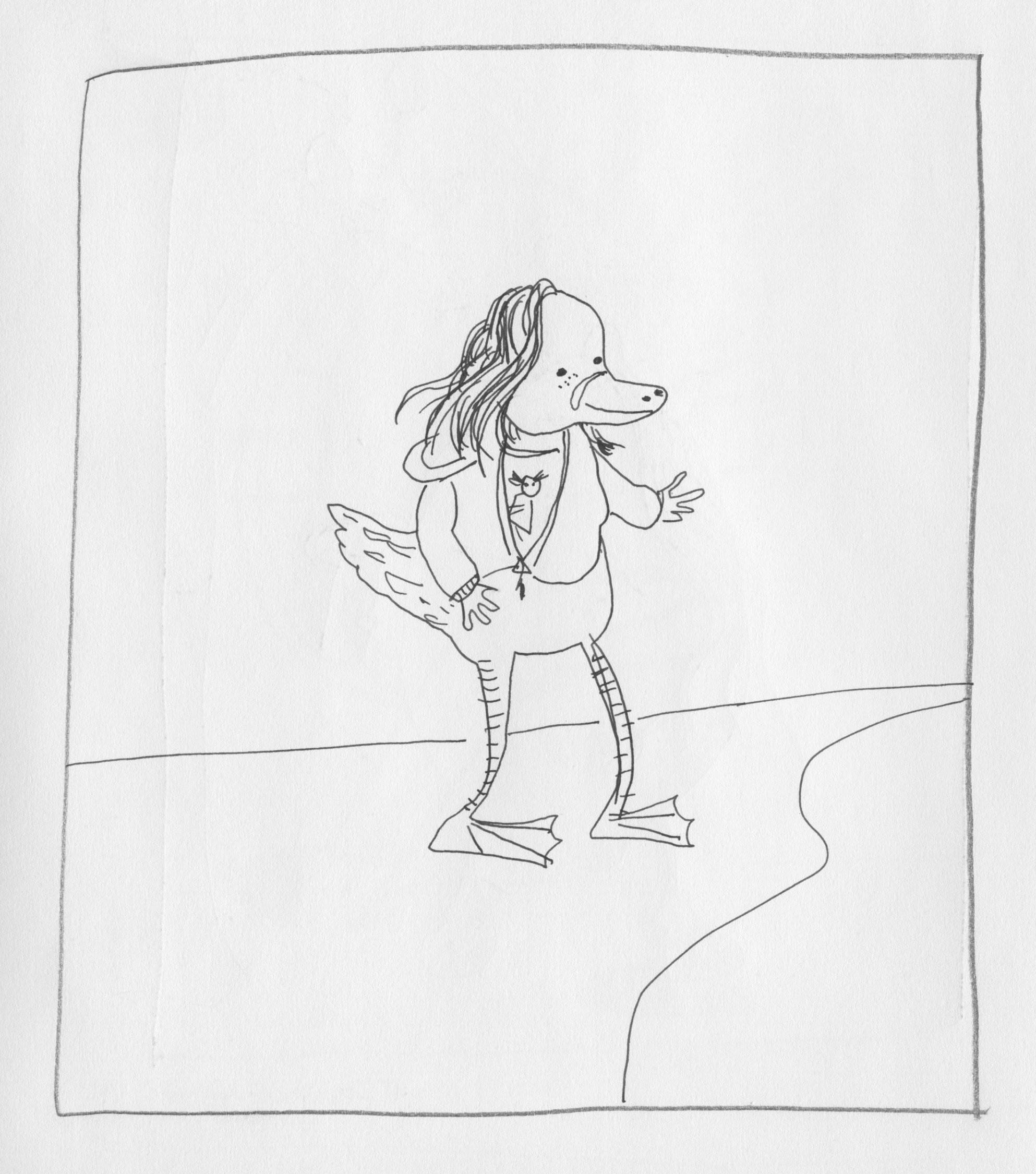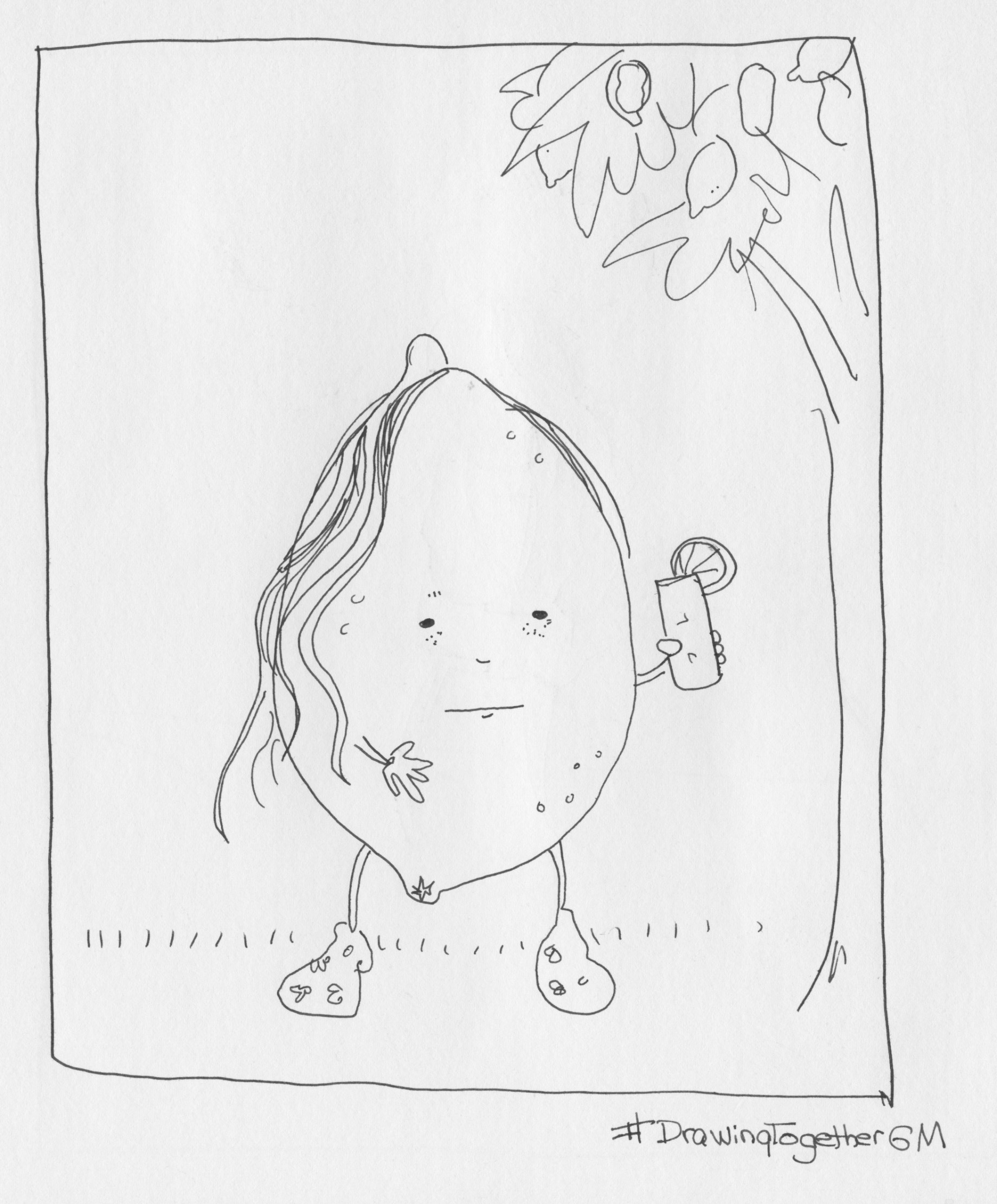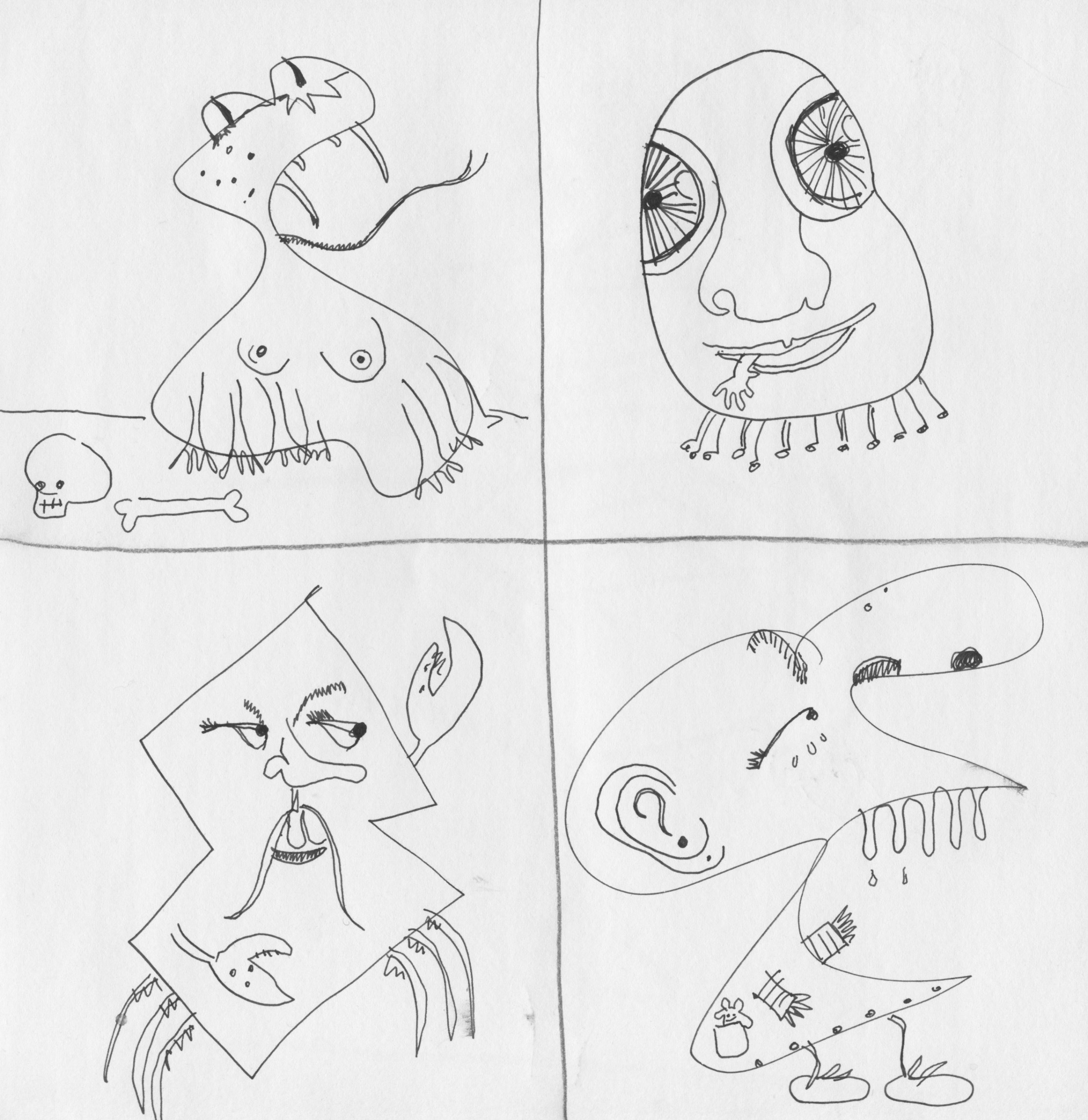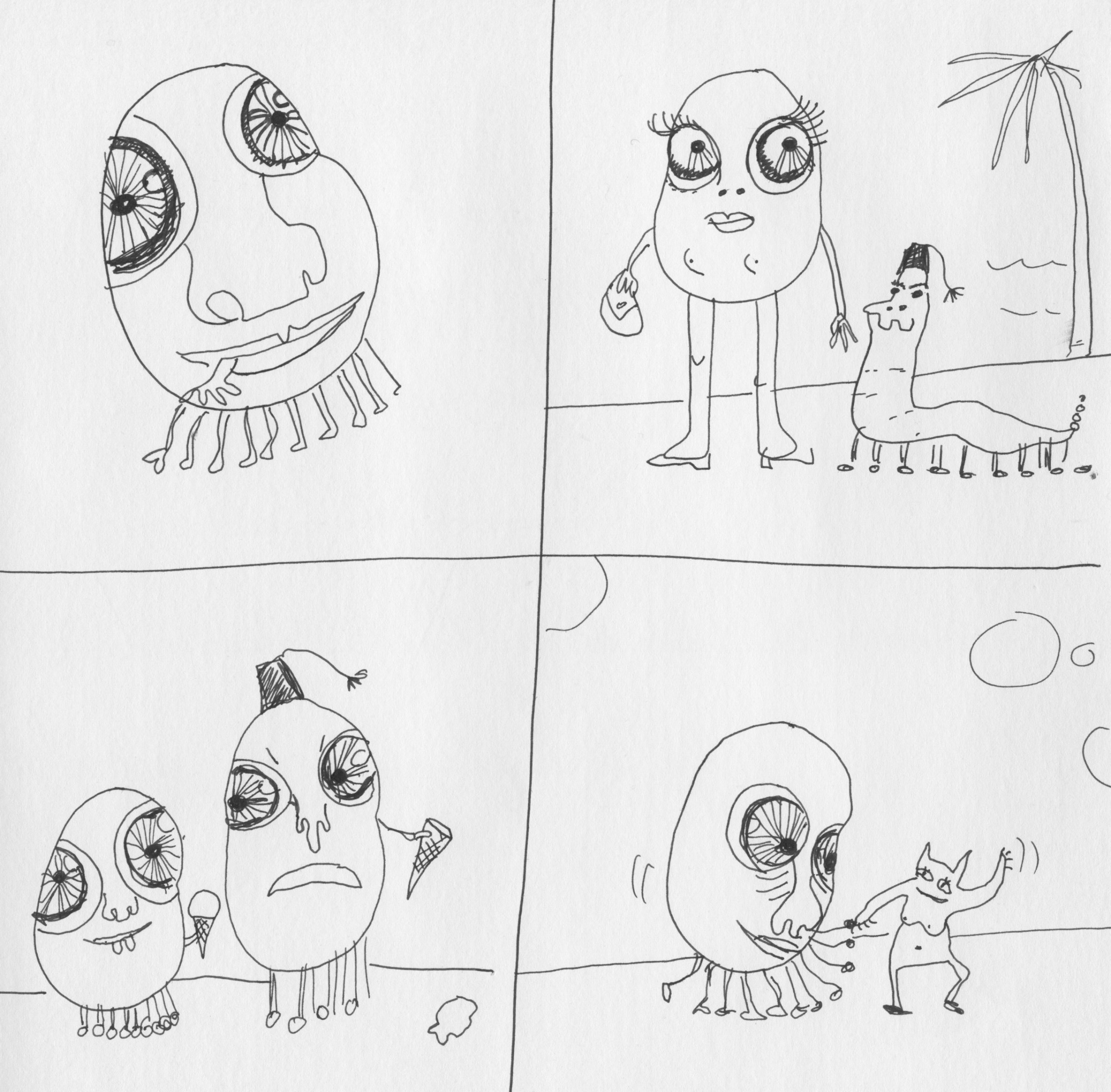The two characters at the core of origami (折り紙), one of the best-known Japanese words around the world, mean “folding” and “paper.” You might well have guessed that, but given the variety and elaborateness of the constructions produced by origami masters over the past few centuries, the simplicity of the practice’s basic nature bears repeating. Those masters must develop no slight degree of manual dexterity, it goes without saying, but also a formidable mathematical understanding of their medium. In many cases that understanding is intuitive; in the TED-Ed lesson above, origami artist Evan Zodl makes it explicit.
Zodl’s lesson explains that “though most origami models are three-dimensional, their crease patterns are usually designed to fold flat, without introducing any new creases or cutting the paper.”(Incidentally, the Japanese word for paper art involving cuts is kirigami, or 切り紙.)
An “abstract, 2D design” thus becomes, in the origami master’s hands, “a 3D form,” but only in accordance with a set of four simple rules Zodl explains. He does so clearly and understandably — and in a way that for many of us may exhume buried geometry-class memories — but like actual works of origami, they’re better shown than described: hence the vivid accompanying animations of Charlotte Arene.
Origami’s principles and products may be fascinating to contemplate, but “the ability to fold a large surface into a compact shape” has also proven to have serious real-world applications. Zodl points to an origami-based re-imagination of “the traditional stent graft, a tube used to open and support damaged blood vessels.” This in addition to “airbags, solar arrays, self-folding robots, and even DNA nanostructures” — as well as a massive “star shade” for space telescopes that blocks the glare of nearby stars. If you’d like to get started on your own tactile understanding of all this, do have a look at Zodl’s own Youtube channel, as well as others like Origami Instructions. Don’t let the elaborately folded flowers, boats, or animals you’ve seen intimidate you; start with a simple box and work your way up from there. If origami shows us anything, after all, it’s that complexity begins with simplicity.
Related Content:
An Origami Samurai Made from a Single Sheet of Rice Paper, Without Any Cutting
A Database of Paper Airplane Designs: Hours of Fun for Kids & Adults Alike
MIT Creates Amazing Self-Folding Origami Robots & Leaping Cheetah Robots
Designer Creates Origami Cardboard Tents to Shelter the Homeless from the Winter Cold
The Making of Japanese Handmade Paper: A Short Film Documents an 800-Year-Old Tradition
Based in Seoul, Colin Marshall writes and broadcasts on cities, language, and culture. His projects include the Substack newsletter Books on Cities, the book The Stateless City: a Walk through 21st-Century Los Angeles and the video series The City in Cinema. Follow him on Twitter at @colinmarshall or on Facebook.
